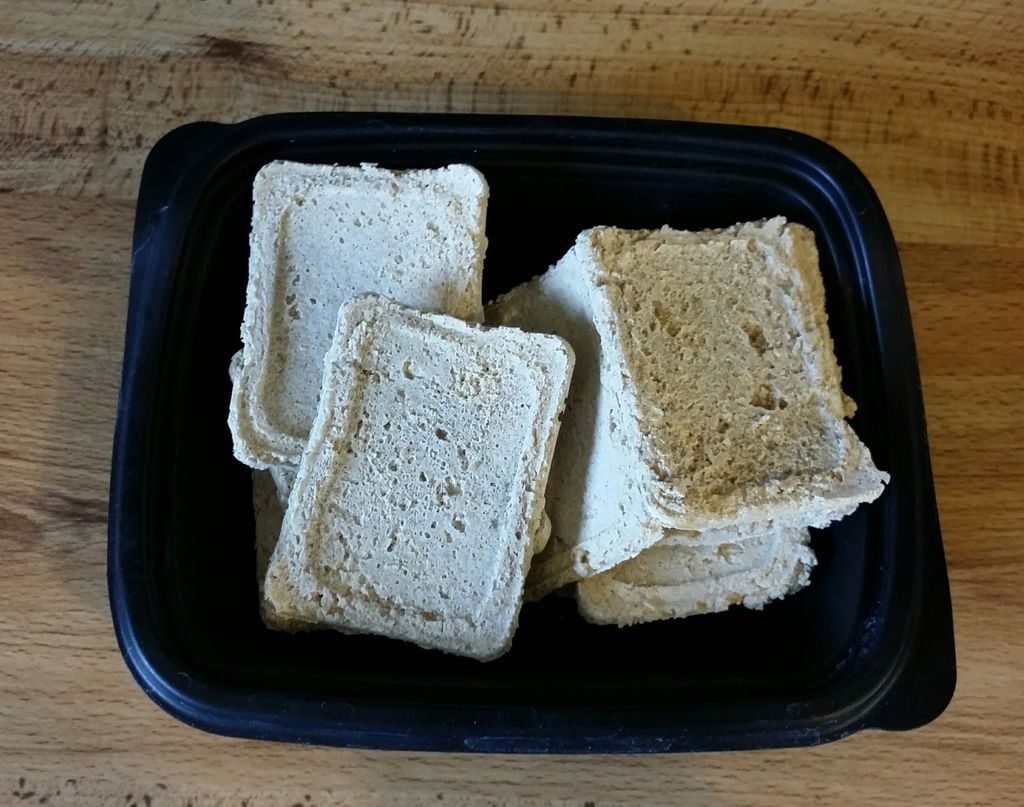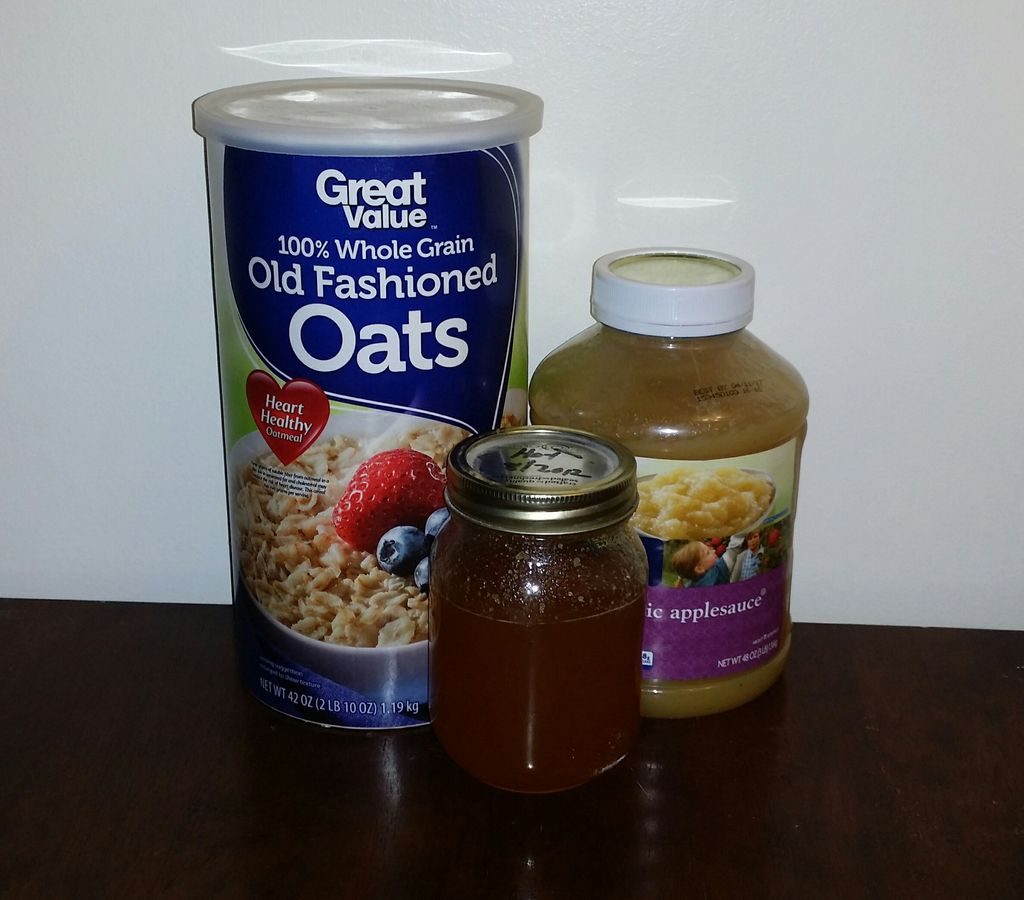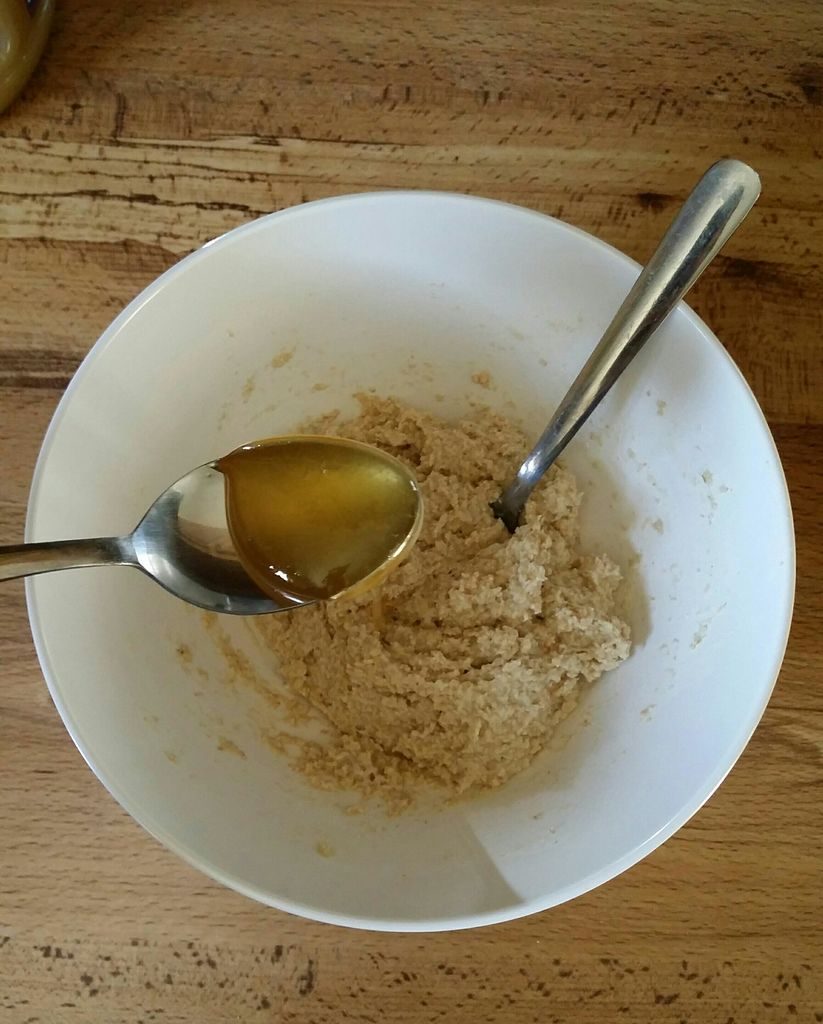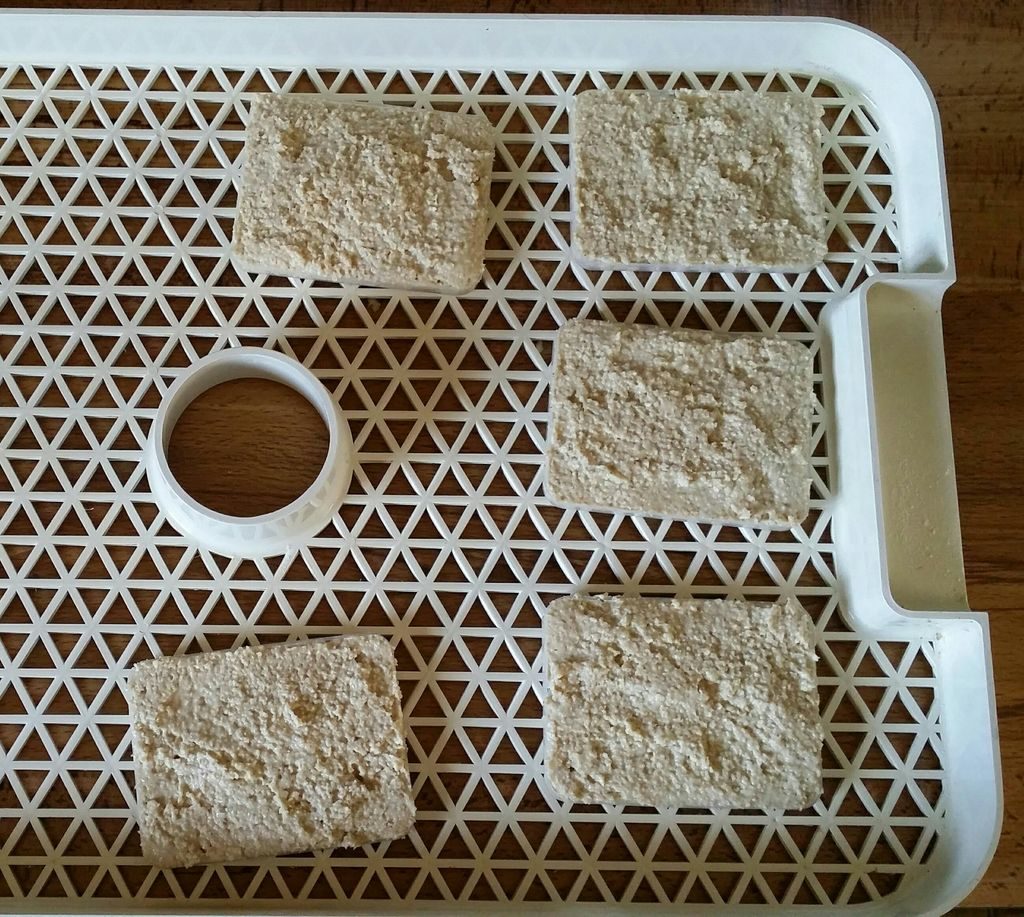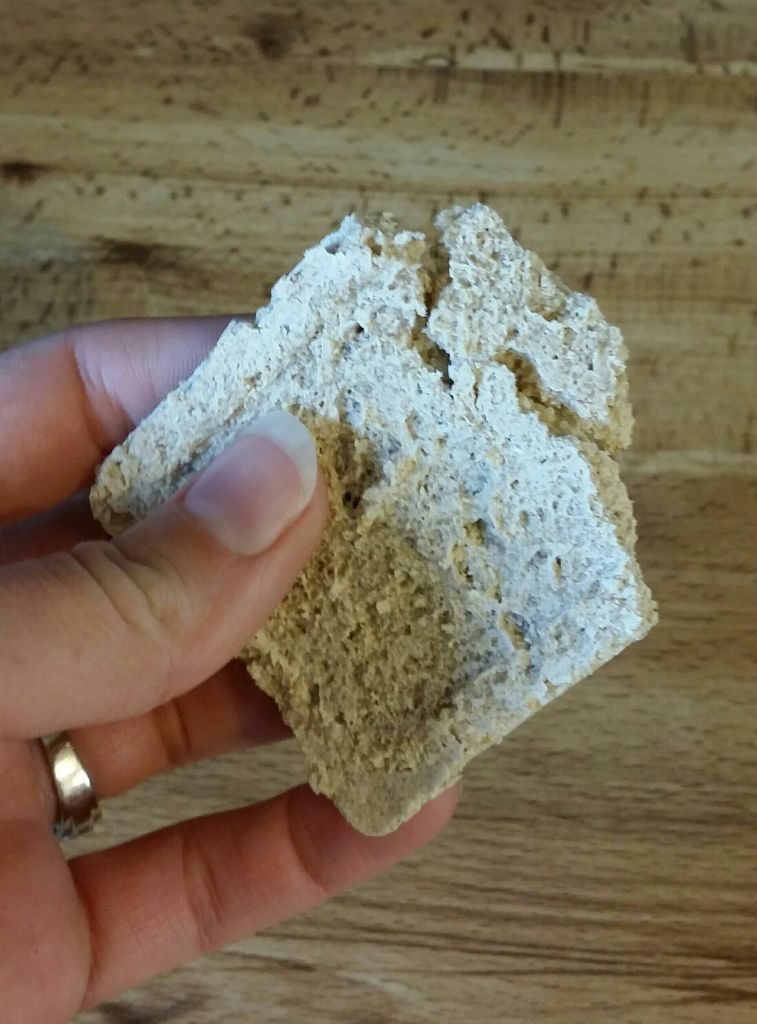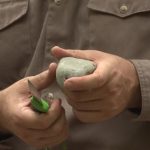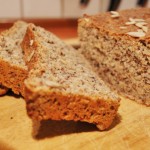How to Make Hard Tack Easier on Your Teeth
Hard tack is one of the oldest survival foods out there, and it has been a staple in one form or another for thousands of years. Even now, it’s a popular go-to item that is used as a food source of last resort. The only real drawback is that it can wreak havoc on your mouth while trying to bite into it. Let’s take a look at a simple recipe that can provide a softer alternative that is much easier to eat.
Turn Hard Tack into Soft Tack
By modifying some ingredients, you can keep or even enhance the nutritional value of hard tack while adding a moisturizing agent. This will make it more pliable, but it will also shorten its shelf life substantially. However, this trade off can be a welcome alternative for short to medium-term survival food options. Packaging the food properly can give you up to six months of freshness. However, some people report that the soft tack starts to develop a stale taste in about a third of that time. So, while it may still be edible as it ages, it will probably lose some of its flavor. Keep that in mind as you incorporate the following recipe into your planning.
Basic Ingredients:
Oat Flour or rolled oats that are ground
Applesauce
Honey
Apple Chips
Food Dehydrator
Keep in mind that you can add all sorts of ingredients to make this recipe more nutritious and hearty. However, this is meant to be a last-ditch, compact and easy-to-store emergency food source as opposed to an energy or survival bar.
Preparing the Ingredients
This recipe focuses more on ratios as opposed to exact measurements, which makes it easy to prepare under less-than-ideal circumstances. All you need to do is take two parts of oat flour and mix with one part applesauce. If you don’t have oat flour, you can take regular rolled oats (not the quick cook kind), and run them through a food processor or coffee grinder until it is powdery.
If you want to add the honey or apple chips, a good rule of thumb to follow is 5 parts of the dough mixture with to 1 part each of the other ingredients. This will help to keep the finished product moist enough that it will be pliable. Mix everything together thoroughly. You want to end up with a product that has the consistency of a sticky cookie dough. Add a bit of applesauce if it’s too dry or some more flour if it is too moist.
Cooking the Soft Tack
You can either spread a thin layer of dough on your dehydrator or baking sheet. Keep it to about ¼ to ½ inch thick in order to ensure that it dries all the way through. You can also use a cookie cutter or any type of mold to make uniform pieces before cooking as well. Making smaller pieces is thought to speed up the dehydration process a little more, but it also takes up more space and yields fewer pieces at a time. As a general rule of thumb, expect cook times to vary between 8-12 hours depending on the thickness of the dough and the level of humidity in the ambient air. Also, honey will cause the bars to cook more slowly, adding an additional couple hours.
If you don’t have a dehydrator, cook the soft tack on the lowest possible oven setting and keep the door cracked slightly with a toothpick or piece of silverware. This will keep temperatures low but still enough to get the job done. The goal is not to cook the ingredients, rather to let all of the moisture out.
Test the soft tack by checking for soft, moist spots in the center. You can also use a toothpick test to get a feel for moisture content as well. Don’t stop dehydrating the soft tack until it is completely dry. Otherwise, mold can form during storage.
All you need to do now is store the soft tack in an airtight, preferably vacuum-sealed bag or container. You can also store the bars in a Mylar bag to prolong shelf-life. People say that these bars can last up to two years if they are sealed properly. Expect to consume them within six months for maximum freshness.
Try this out for yourself and see if this softer, gentler version of hard tack is a suitable alternative for your emergency survival stockpile. It’s easy, nutritious and may be worth its weight in gold during a survival situation when you don’t have access to other sources of food.


